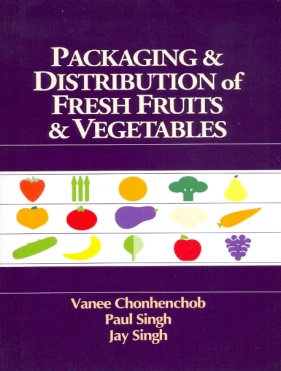Printing: Innovative Techniques
Flexible Packaging Printer Seeks Inspection of Substrates, Without Using White Ink




Working with packaging converters to help them resolve production issues is part of the daily role of printing technology suppliers. But sometimes a new solution is the answer. The impact of this change can be dramatic, significantly improving the workflow and contributing to the bottom line.
This was the case with color and inspection supplier QuadTech and CLP, Israel’s leading flexible packaging converters and part of the Tadbik Group.
When CLP was planning the installation of its eight-color Windmöller & Hölscher Heliostar SL gravure press, it wanted to eliminate the costly practice of adding white ink in order to make inspecting transparent and translucent substrates possible. At drupa 2012, CLP visited suppliers of inspection equipment to see if one of them could solve its problem. When CLP asked QuadTech if its system could inspect these substrates without the need to print white ink to serve as a target for the inspection cameras, the answer was, “Of course!”
Understanding the Challenge
CLP has a worldwide reputation as an innovative flexible packaging printer, and its research and development work has brought many advances to the market. Their expertise in retort laminates has resulted in the increasing popularity of retort pouches for liquids and solids, especially in the food sector. Other innovations include shaped pouches and laser scoring for easy opening. In addition to food, CLP produces packaging for pet food, medical and healthcare products.
“We installed our new press in May 2013 to add capacity,” says Israel Moran, supply chain manager at CLP. “Like all our other presses, it prints eight colors, but it is extremely efficient as it enables high quality print for both long and short runs. It has an integrated washing system that can wash the press in 20 minutes. This means that shorter runs are possible and that more jobs can be printed each day.”
Production flexibility is an important factor for CLP, and being able to respond quickly and efficiently to market opportunities and brand requests is essential. However, in an environment where print margins are being squeezed, it is also important to the business that they achieve consistent peak performance and profitability from their new press.
To achieve this, CLP required an inspection system that could keep pace with the press, detect 100 percent of all faults, and if possible, also eliminate the unnecessary in-house cost of printing white on transparent and translucent substrates.
A Clear Solution
“The crux of the problem is getting reliable information reflected back from the moving substrate,” explains John Cusack, product manager, QuadTech. “In essence, the QuadTech Inspection System uses a purpose-built light source where other systems require white ink to create enough contrast with the substrate to make effective inspection.”
The quality of light is one of the first elements to be addressed. For more than a decade, QuadTech has used LEDs with a closed-loop temperature control system to provide stable, high quality light output, ensuring optimum inspection performance.
“Other critical factors are the position of the lights, the angles to the substrate and the camera, and the distance of the light from the web,” continues Cusack. “These are typically the same for all processes and substrates, though the geometry may vary.”
When set up to inspect flexible packaging substrates, the QuadTech Inspection System uses three key LED lights. A “top light” for inspecting normal print; a “foil” light for special substrates and special effects, and a “back light” for inspecting transparent and translucent materials without the need for costly white ink.
The angle and distance of the light to the substrate are critical to the accuracy of the inspection. The use of an active backlight source allows lighting to be configurable for any substrate thickness and transparency. It can also be placed far from the substrate, keeping it safe from damage.
“Depending on the substrate and print to be inspected, the software uses default light setups to handle a variety of substrate types to create the necessary contrast for accurate defect detection – in this case, eliminating the need to print costly white flood-coat,” says Cusack. “The QuadTech Inspection System inspects 100 percent of the web 100 percent of the time, so converters and customers can be assured of the quality of the printed packaging delivered.”
While the hardware and software is the most tangible part of a solution, they are only part of the picture.
“We are very pleased that, throughout the process, QuadTech worked closely with us to support our needs,” says Moran. “They demonstrated a real willingness to address the challenges we faced, providing a genuine partnership approach to customer service. We can now run our new press with the efficiency, flexibility and confidence to maximize our workflow and better serve our customers.”
As the QuadTech agent in Israel responsible for the CLP relationship, Uri Ronen from Nirplex comments on the significance of the sale: “This was the first installation of a QuadTech system in Israel, and we believe, a landmark event for the industry. For us, this development is an important indicator as to the maturity of the Israeli flexible packaging market and its need to implement technologies to meet strict global brand requirements. We now expect to see many other businesses adopting QuadTech Inspection Systems.”
CLP/Tadbik Group
www.tadbik.com/products/flexible_packaging
QuadTech
www.quadtechworld.com
Looking for a reprint of this article?
From high-res PDFs to custom plaques, order your copy today!










